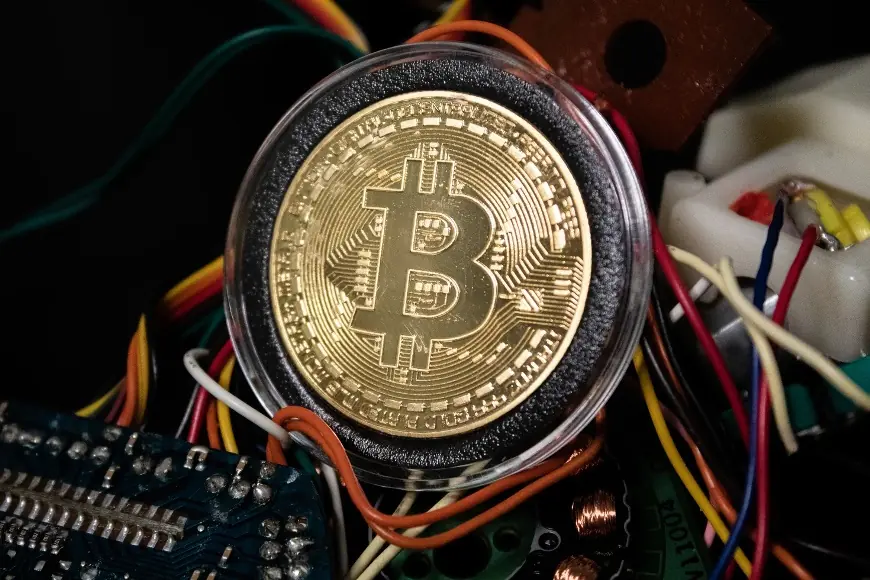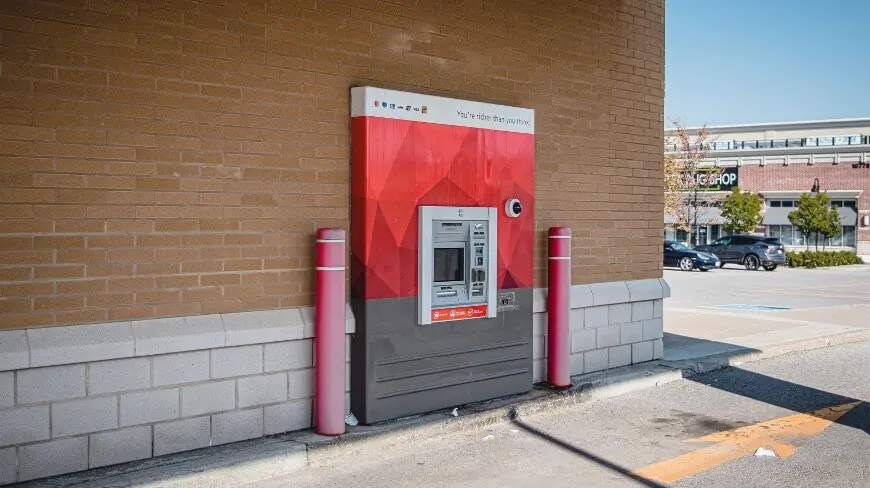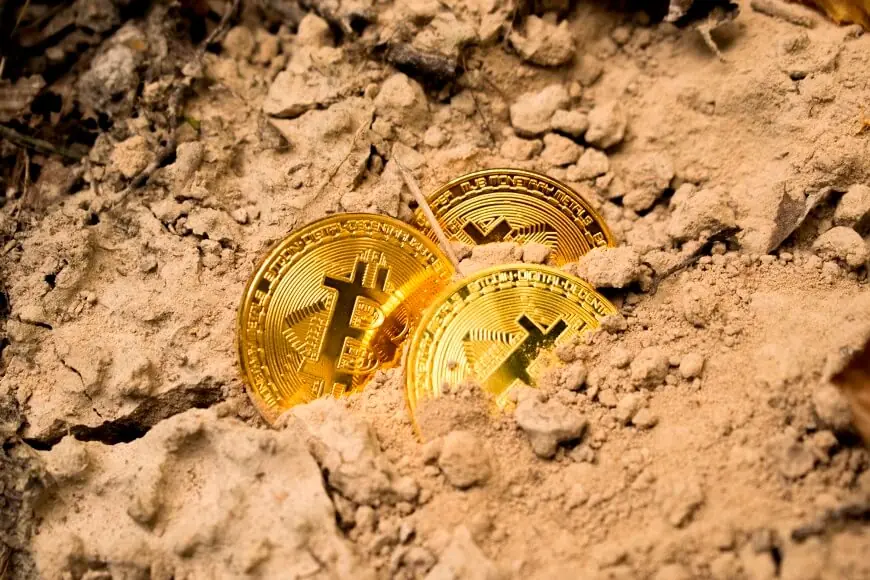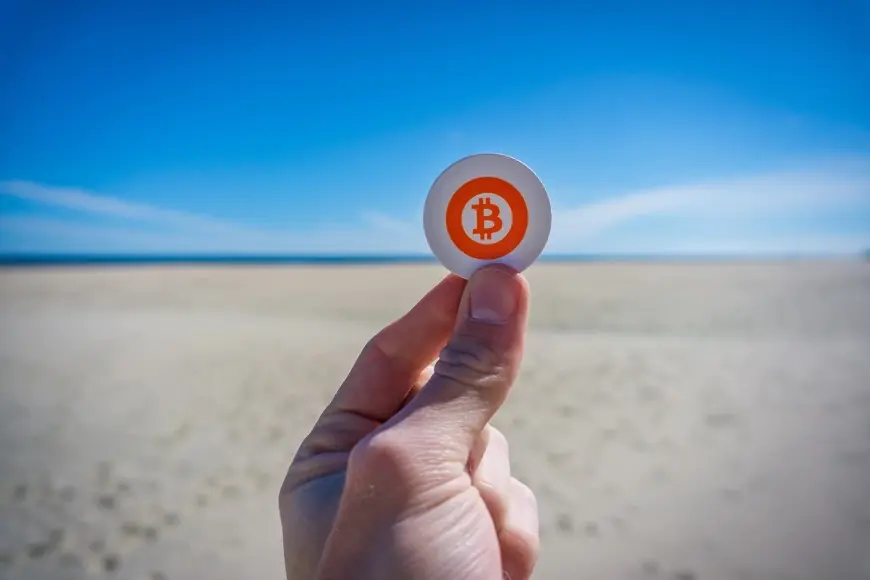

How Bitcoin Works - Comprehensive Guide to What Digital Currency Is
Introduction
While the hype around Bitcoin (BTC) and some other digital tokens continue unabated, there are still many people who know about cryptocurrency by hearsay and have never used it before. However, the fact Elon Musk, one of the richest people on the planet, is pouring huge money into cryptocurrency shows that the crypto world is a giant business with great prospects for further growth.
What’s even more interesting is that news and even comments from opinion leaders affect the capitalization and value of currencies as much as financial injections. Capable of operating as an asset, a savings currency, and a payment network alike, Bitcoin is one of the most debated virtual things in the world.
Although digital money is too volatile, the Bank of Singapore believes that the relatively young digital currency has every chance of becoming something like gold for savings. Nevertheless, whether you want to engage in speculative investments or simply use BTC as a means of saving money, you need to learn what Bitcoin is and how it works. Sit back and keep reading to learn all you need to know about digital money.
What is BTC and how Bitcoin works?
Many people already use BTC as a means of payment for goods and services. Bitcoin is most commonly described as a digital currency existing only in the virtual space called blockchain, a distributed ledger (database). In simple terms, BTC is an online version of regular money (fiat money).
Cryptocurrency doesn’t exist in the physical world, so you can’t touch or even see digital tokens. As the name implies, cryptocurrency is digital money created using cryptography, i.e. special ciphers providing the secureness of transaction data.
If we consider Bitcoin as money (means of payment for goods and services), then it has most of the properties of fiat money (national currencies). So, let’s look at all important features of BTC:
-
Unlike regular money, Bitcoin does not exist in a physical environment, so you cannot see or touch it. By transferring tokens from one wallet to another, you initiate the creation of a new record with a certain amount of coins have been transferred from one account to another. This record is placed in the blockchain, the distributed database where BTC operates.
-
Like fiat money, cryptocurrency is issued but uses a different issuance mechanism called mining. Any transaction undergoes cryptographic verification before being recorded in a distributed ledger. This process is called mining. The very name blockchain comes from the fact that all transactions are placed into blocks that are subsequently added to the distributed database. To form a new block, miners use massive processing power to solve complex cryptographic puzzles.
-
Because Bitcoin refers to both the crypto token and the system where it operates, BTC is used to refer specifically to money. Network members can receive and send BTC, as well as safely buy, sell and exchange it through special platforms called cryptocurrency exchanges.
-
Blockchain is a decentralized database with elements distributed to all computers connected to the network. Because of its decentralized nature, in theory, no one participant can modify the blockchain as they would like.
-
All payments between the two wallets are unmediated and irreversible. For example, if you decide to send your friend some BTC or Satoshis (one hundred millionth of a Bitcoin), you cannot get them back without the recipient’s consent. In addition, all transactions are anonymous, so no one can determine who exactly sent any particular amount of digital money.
Although cryptocurrencies position themselves as the safest and most secure money, history is littered with scandals involving the theft of large sums from cryptocurrency exchanges. Notably, due to the lack of external control and anonymity of transactions, BTC is used in illicit markets and even for illegal and criminal activities, and these are the main problems of digital money everyone should be aware of.
Bitcoin Blockchain Distributed Database - How Transaction Records are Stored
Bitcoin was introduced to the world in 2009 as a blockchain-based currency. Although not explicitly stated, the creator of crypto-money himself (or a group of people using the pseudonym Satoshi Nakamoto) wrote an article describing the essence of a distributed ledger, which is a chain of blocks containing transaction records.
Data stored in the blocks is encrypted to prevent it from getting into the hands of third parties and fraudsters. Since then, there have been many blockchains used for different purposes. However, the essence of the technology has not changed, as the blocks of data form a chronologically ordered chain. Blockchain’s versatility comes from the fact that the information stored in the blocks can be anything from emails to stock or bond transactions.
If there are at least two participants in a blockchain network, the blockchain allows any contracts between them if both of those participants have agreed to do so. Because the network operates according to a well-defined algorithm, it cannot be considered a third party.
In fact, blockchain allows contracts to be made without intermediaries. It can operate as a peer-to-peer network where various financial products including loans or deposit accounts can be provided. Because of its features and benefits, the technology has attracted the attention of many companies and government agencies who have seen great prospects from the implementation and use of the distributed ledger.
As for the Bitcoin blockchain, it contains mainly transaction information. The blocks hold records like person 1 sent N BTC to person 2. The system automatically calculates the number of transactions, deducts a certain number of digital tokens from person 1’s account, and adds them to person 2’s account as a recipient in this example.
Notably, person 1 or person 2 do not have to be living human beings. It follows that BTC holds great promise for the IoT where a taxi service vehicle can have its own wallet to pay for fuel.
Last but not least, blockchain is a distributed and publicly accessible database that can be viewed by anyone from virtually anywhere in the world. The distributed nature of the ledger means that its building blocks are located at different nodes on a shared network.
However, it is not an arbitrary set of data stored at different points in the network, but rather a coherent database where information is linked by a specific structural formalism. Notably, the blockchain has multiple distributed copies with complete duplication of all data. While measures to ensure the registry is updated are quite complex, there is no single entity responsible for this process, and this is due to the decentralized nature of blockchain.
Bitcoin Post Trust – How It Works?
Since BTC does not exist in the physical world, no one can steal digital tokens from you the way things are stolen in a robbery. On the other hand, crypto tokens exist as transaction records in a distributed ledger. It follows that coins can be stolen by anyone capable of creating a new transaction record from your wallet.
Another problem is double-spending when one member of the network spends some amount of digital money and then spends it again. To be able to do this, a member must control at least 51% of the network.
However, as the network grows, this possibility becomes less and less realistic, because the computational power requirements have increased enormously. None of these problems arise, thanks to the use of post-trust arrangements where there is no central controlling authority and all network members oversee everyone. In fact, post-trust means all participants must trust that the network works as intended.
Mining and Halving
The reliability and security of transactions is maintained through a process called mining. The blockchain network has a subnet of miners responsible for verifying transactions and creating new blocks to be added to the chain. In theory, anyone with any kind of computing device could become a miner, but the Bitcoin network artificially increases the complexity of the calculations. Without this artificial complexity, anyone on the network could log transactions for illicit gain.
The actual modern miners are large market players with superpowered computing systems. However, the BTC blockchain adjusts its operation so that 1 block is created every 10 minutes on average. In this way, transactions are processed quite quickly, while the degree of protection remains consistently high. To encourage miners to verify transactions, the network rewards them with a certain amount of coins for each block created.
The concept of “halving” is directly related to mining and corresponds to miners reducing their remuneration for each block created by half. For example, in the early days of BTC, miners earned 50 coins per new block created. The first halving, which took place in November 2012, reduced the remuneration to 25 BTC. The second halving took place in 2016, and the third one is relatively recent.
Thus, the remuneration of the miner is now 6.25 BTC. Obviously, the mining activity has an issuance component, it ensures new tokens are released into the network. However, in 2031, BTC issuance will cease. Nevertheless, mining as a transaction check will not stop and will be financed by transaction fees.
What are Hashes?
Each time a new transaction is created, it enters a subnet of miners whose members are located in different parts of the world and have no personal or professional connection. They use software based on a special algorithm transforming transaction data into alphanumeric records called hashes. Remarkably, hashes can look completely different if you change even a single character in the underlying textual information.
This property of hashes makes them a great mechanism for protecting transaction information. In addition, hashes cannot be traced back to the original data set that generated them. This makes it theoretically impossible for anyone to make new entries into the database, or to change the blocks already created (except for a member who gains 51% control of the network).
Features of Bitcoin Transactions
For regular online users, concepts like halving, mining or post trust don’t matter much because they use BTC to pay for goods and services. So, apart from mining, there are many other ways to get the currency, for example, by buying it on a crypto exchange. Unfortunately, since BTC is not a universally accepted currency, there are still no clear rules governing the purchase and sale of tokens.
While Bitcoin transactions are secure, there have been token thefts, with the most high-profile story occurring in 2014, when some 850,000 tokens were stolen. The lost coins have never been returned to their rightful owners to this day.
Bitcoin keys and wallets
Because Bitcoin theft, though difficult, is possible, digital token holders use keys and crypto-wallets. In fact, to own crypto money, you need a private and a public key. The former is the public address used to send you the bitcoins. For example, knowing your public key, some network participants can transfer coins to you.
The public key is hashed, which adds an extra layer of security. A private key is needed to validate a transaction to send tokens to someone. In fact, the system allows you to receive digital money with no restrictions but requires proof of identity to send it.
In terms of wallets used in Bitcoin, there are so-called “hot” and “cold” wallets. Any wallet is a set of keys presented in the form of a web application or QR code. The important difference between a “cold” wallet and a “hot” wallet is that the former is not connected to the global network, and is, therefore, less vulnerable to hacking.
Closing thoughts
A set of protocols and processes, Bitcoin is both a payment system and a digital currency. It operates on a blockchain, which is a decentralized, distributed ledger storing blocks of transactions in encrypted form. The network would not work without the miners responsible for both verifying the transactions and issuing the tokens.
Although they receive remuneration for their work, its size is gradually decreasing due to the halving taking place every 4 years. Keys and special wallets are needed to access digital money and to make transactions with it. Cryptocurrency exchanges, which allow buying no limmit, selling and exchanging digital tokens, also play an important role for BTC.
F.A.Q.
How can Bitcoin be used?
Cryptocurrency has many uses, from a payment option to buy goods and services to speculative investments.
Why are people so keen to own bitcoins?
The main advantages of crypto tokens derive from their decentralized nature, i.e. digital money is not controlled by banks and government agencies, ensuring anonymity and low transaction costs.
Where else can blockchain be used?
Blockchain can be used in any area where any kind of contracting between parties without intermediaries is required.
Can Bitcoin be considered digital gold?
Although the sought-after tokens have risen significantly in value, they are too volatile to be considered something like the new gold.
What happens after all Bitcoins have been issued?
Miners will no longer be responsible for issuance, but will continue their work receiving remuneration from the transaction fee.
How can a Bitcoin wallet be used?
You can store digital money as well as receive and transfer it to other network participants.
What is halving and how it works?
Halving is the halving of miners’ remuneration, held every four years. The last halving took place in May 2020. As a result of the halving, the profit from mining is now 6.25 Bitcoins per new block.



